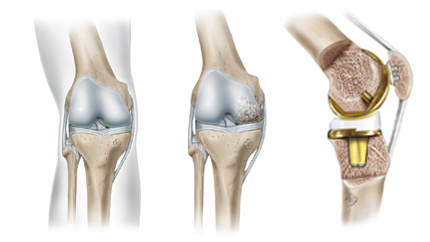- Have any questions?
- (+212) 0537-794-299
- (+212) 0537-282-805
- info@expertmedicalholding.com

THE SHOULDER JOINT

AGILON
27 octobre 2020
AIDA
27 octobre 2020
THE SHOULDER JOINT
The healthy shoulder joint has the greatest range of motion among all joints in the human body. It enables movements and rotations in various directions. Without it we couldn’t use our arms and hands as effectiveky as we do.
In order to allow this wide agility the shoulder is less constrained by surrounding bones in comparison to other joints. Instead muscles and tendons play an outstanding role.
The shoulder is comprised of three slim bones: The upper arm (Humerus), the shoulder blade (Scapula) and the collarbone (Clavicle). The shoulder blade forms an oval articular cavity (Glenoid), which forms the articulating surface
for the head of the upper arm. The humeral head has approximately the triple size of the glenoid to allow wider range of motion. On both sides the articulating surface is covered with a cartilage layer.
Like all joints the shoulder is surrounded with a capsule, which produces joint fluid to lower friction. It also serves as nutrient fluid for the cartilage.
Muscles, tendons and ligaments hold the bones in place and form a so called “rotator cuff" around the joind capsule.
